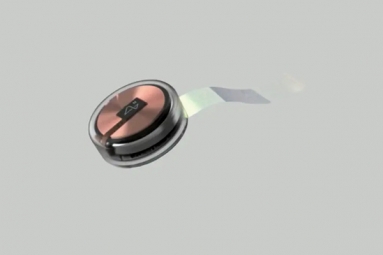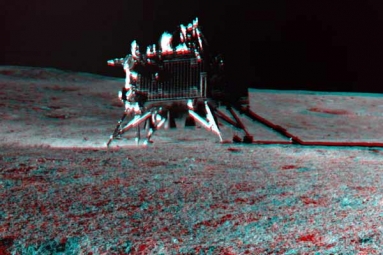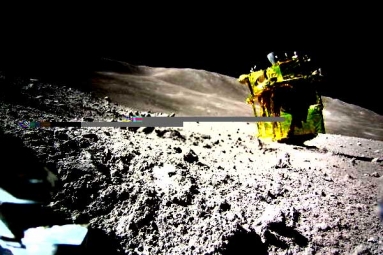Imagine what happens when you see the chubby cheeks of a toddler have tears rolling down, irrespective whether the toddler is yours or not……. Instant reaction, to divert his attention.
On a crowded train, if a toddler is beside us, on his maa’s lap, suddenly the baby wails and the chubby cheeks are drenched with tears……..instantly we sympathize and synchronize to make him laugh- a spontaneous effort, is associated to the brain and not the heart as the myth is. This was discovered some by the survey conducted by the Child and Family Research Section of the Eunice Kennedy Shriver National Institute of Child Health and Human Development. The study conducted is brought forth for reader enrichment.
The results, detailed in the journal NeuroImage, suggest such brain-activity patterns may represent some deep biological impulse driving adults' interactions with kids. They also build on past research suggesting an evolutionary link between the cuteness factor of babies and caregiving by adults. And while some past studies have involved parents, this one found a link with those who had no children.
"These adults have no children of their own. Yet images of a baby's face triggered what we think might be a deeply embedded response to reach out and care for that child," senior author Marc H. Bornstein, head of the Child and Family Research Section of the Eunice Kennedy ShriverNational Institute of Child Health and Human Development, said in a statement.
Bornstein and colleagues showed seven men and nine women a series of photos while recording their brain activity with a functional magnetic resonance imaging (fMRI) scanner. The participants viewed images showing the faces of puppies, kittens, full-grown dogs and cats, human infants and human adults. When viewing human infants, participants showed brain activity in regions that would typically "light up" just before picking up a child or talking to an infant, the researchers noted. The pattern didn't show up when participants looked at photos of animals, even baby animals.
Specifically, the team found increased activity in the premotor cortex and the supplemental motor area (both right under the crown of the head). These regions direct brain impulses just before voicing something or physically moving. Increased activity related to seeing infant faces was also found in the fusiform gyrus, on each side of the brain near the ears, a brain area linked to facial recognition. The other regions activated were related to emotion and reward and included areas deep in the brain called the insula and the cingulated cortex. Past studies have suggested activity in these brain areas is linked with parents responding to their own infants.
The new study involved researchers from the National Institutes of Health, the University of Tübingen in Germany, the University of Trento in Italy, the RIKEN Brain Science Institute in Saitama, Japan, and the Max Planck Institute for Biological Cybernetics and Eberhard Karls University, both in Tübingen, Germany. (With inputs from internet- AarKay)








